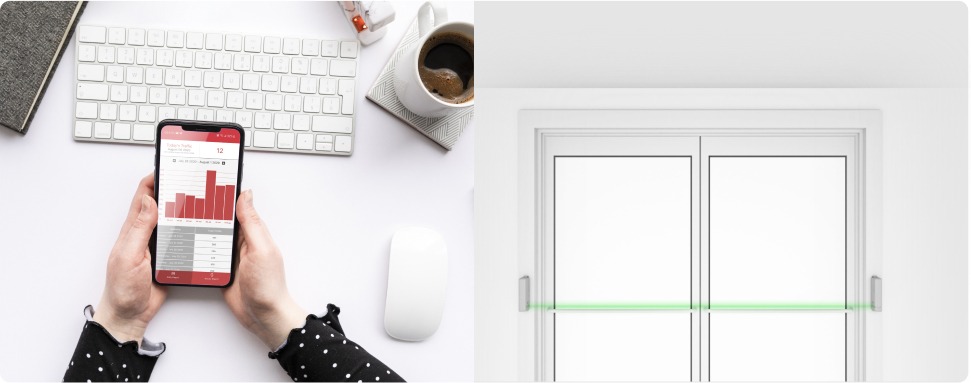Most retailers that install a traffic counting system take a “toe in the water” approach to using the data. Increasing conversion rate by 1% annual in many chains provides a very satisfactory ROI. This type of result can usually be achieved simply through awareness, better staffing during busy periods and days, and by better accountability.
But some retailers have gone well beyond minimal annual conversion rate increases. One division of Liz Claiborne doubled their conversion rate over a period of three years. A few other retail chains have had similar results. How do they do it?
The chains that generate superior results do so by building an implementation program that contains most or all of the 5 following steps:
1) Complete data
The quickest road to increased conversion rate is store staff, especially during key selling periods. To identify these periods and the impact of staffing on their conversion rate(s), four pieces of data are necessary: traffic, transactions, sales, and staff hours. Ideally this data is available in hourly increments; daily totals are a minimum requirement.
2) Realistic Objectives
The Retail Equation is at the heart of an effective use of store traffic data. Setting measurable, achievable targets for each of the three components by store, by day ensures realistic performance targets within the responsibility of each part of the organization, and full accountability.
A 5% increase in traffic, plus a 5% increase in conversion rate, plus a 5% increase in average sale translates to a 15% increase in sales. Is this realistic? Is the staff, the inventory, etc. available to sustain a 15% sales increase?
At the store level, it is important to set 3 objectives by day, and ideally by hour: number of staff, transactions per staff hour, and average sale. The first two ensure the conversion rate (assuming the store generates forecast traffic).
3) Company-wide, On-time Reporting
Once measurable, achievable targets are in place by store, by day, the chain will need a reporting format and frequency to keep all members of the team aware of their actual vs. target performance. Successful implementers make this information available to all stores hourly. Next day reporting is a minimum requirement.
4) Full-time, Operational Project Manager
As any executive knows, results don’t happen because they were planned. Someone needs to implement the plan for it to be successful. Installing traffic counters and publishing conversion data may generate some improvement, but it won’t be significant and it won’t be sustained.
Setting realistic objectives, monitoring performance, coaching and training store and regional managers so that they achieve objectives is a full-time, operational – not data analyst, not administrative — job.
5) Clear, Sustained, Practical Management Commitment
For significant and sustained changes to conversion rate to occur, many parts of the organization need to contribute and provide support. Having enough staff hours, having the right type of salespeople, compensation packages, training programs, sufficient inventory levels, and on-time reporting are only a few of the components involved in a successful traffic counting implementation program.
Once realistic program objectives are in place, senior executives must ensure that the tools to achieve these objectives are available to each member of the team responsible for results.












